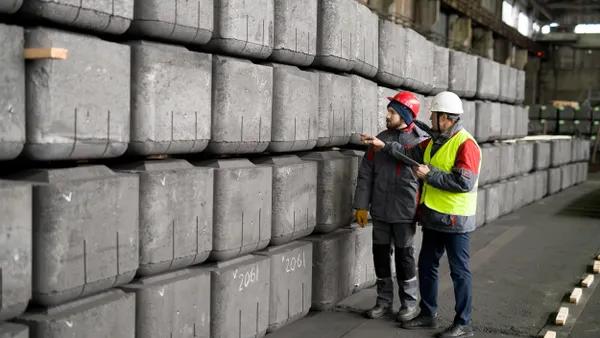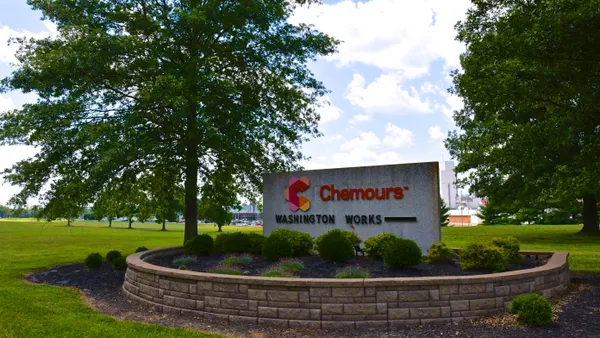Dive Brief:
- The Clorox Company rolled out the first phase of its ERP implementation plan in Canada on July 1, the household product manufacturer said in its earnings report Thursday. The U.S. component of the system is up next, CEO and Chair Linda Rendle said.
- “We have been maniacal about documenting everything that we’ve learned to set us up for the biggest transition that we have coming on that ERP portion,” Rendle said during the call for Clorox’s Q4 2024 period, which ended June 30. “The bulk of the value that we will get — and this is a very strong return-on-investment project — comes in ‘26 and beyond as we complete the implementation of the ERP.”
- Clorox had previously paused its ERP overhaul after a cyberattack hurt sales, created outages and interrupted operations. Despite disruptions, the cloud-based ERP overhaul is on track as part of Clorox’s five-year modernization program, which the company now expects will require $560-$580 million, around $60-80 million more than initially anticipated.
Dive Insight:
Digital transformation is a costly, time-consuming endeavor. ERP overhauls at global organizations are multiyear affairs that put a short-term strain on operations but can lead to long-term benefits.
The Clorox Company expects its higher than usual IT spending to transform its supply chain, digital commerce, innovation and brand-building operations. But it’s not alone.
Other household brands expect modern ERPs to improve agility and operational efficiency. The Hershey Company is nearing the end of its multiyear ERP implementation as it aims for cost savings and operation optimization. The candy company worked to ensure the initiative didn’t outpace organizational capacity.
Mondelēz launched a $1.2 billion ERP and supply chain overhaul in July. Like Clorox, the company anticipates its prior preparation will allow teams to execute at a higher level.
While ERP upgrades are a typical part of most major transformation efforts, the systems are likely to gain more attention as enterprises approach a migration bottleneck spurred by SAP, one of the largest providers. The vendor has stepped in to incentivize and support customers needing to migrate as deadlines loom.














